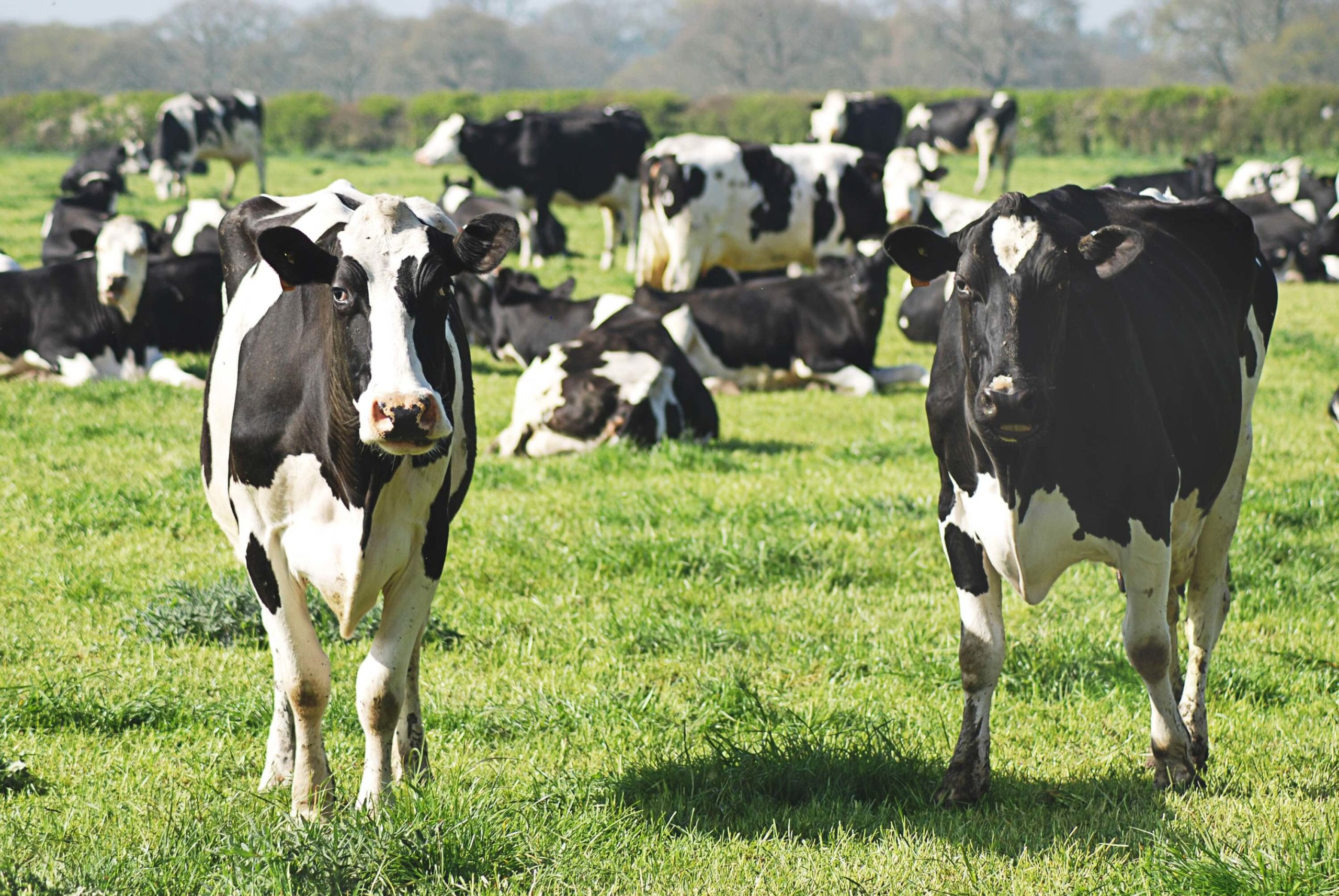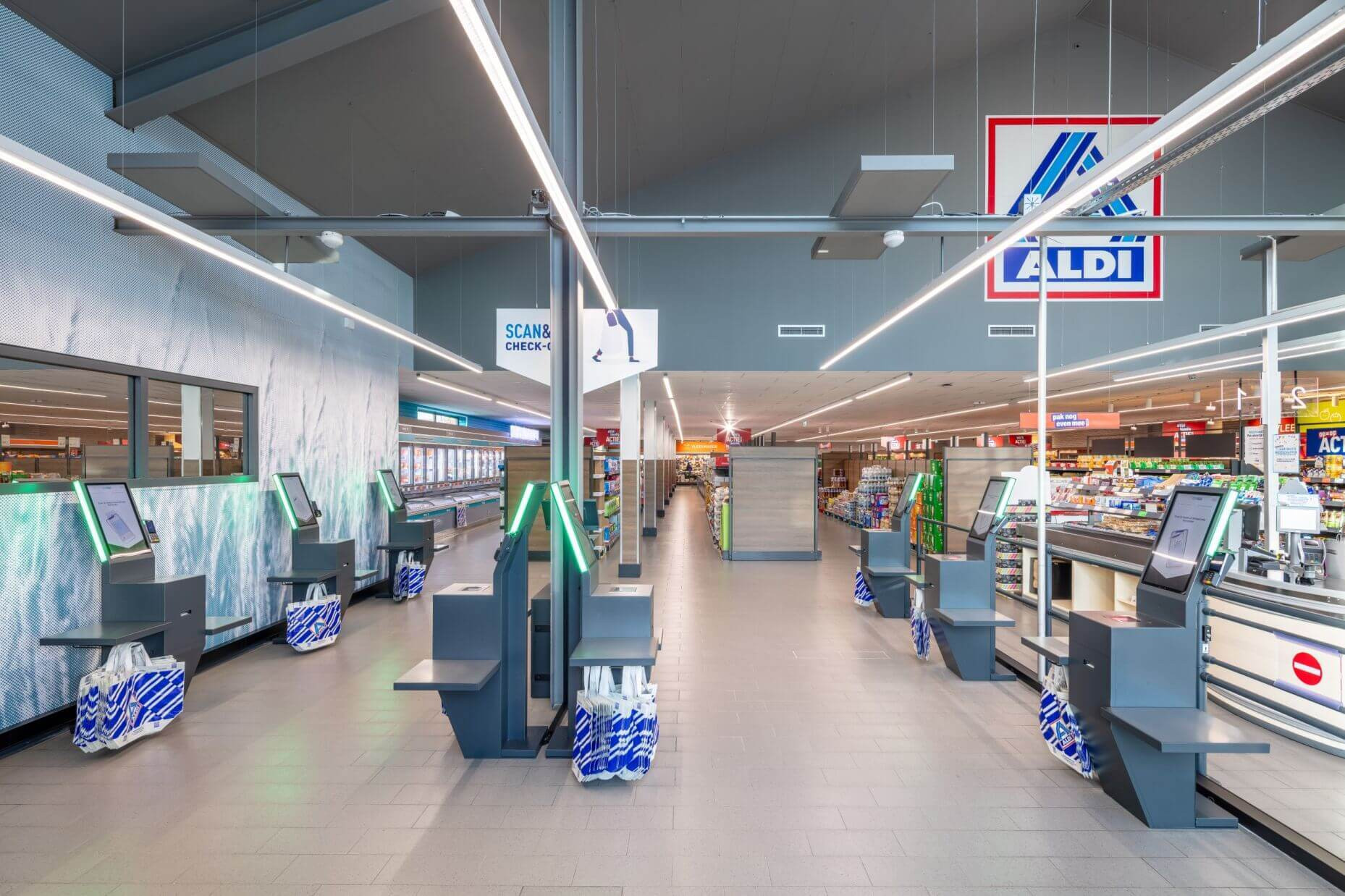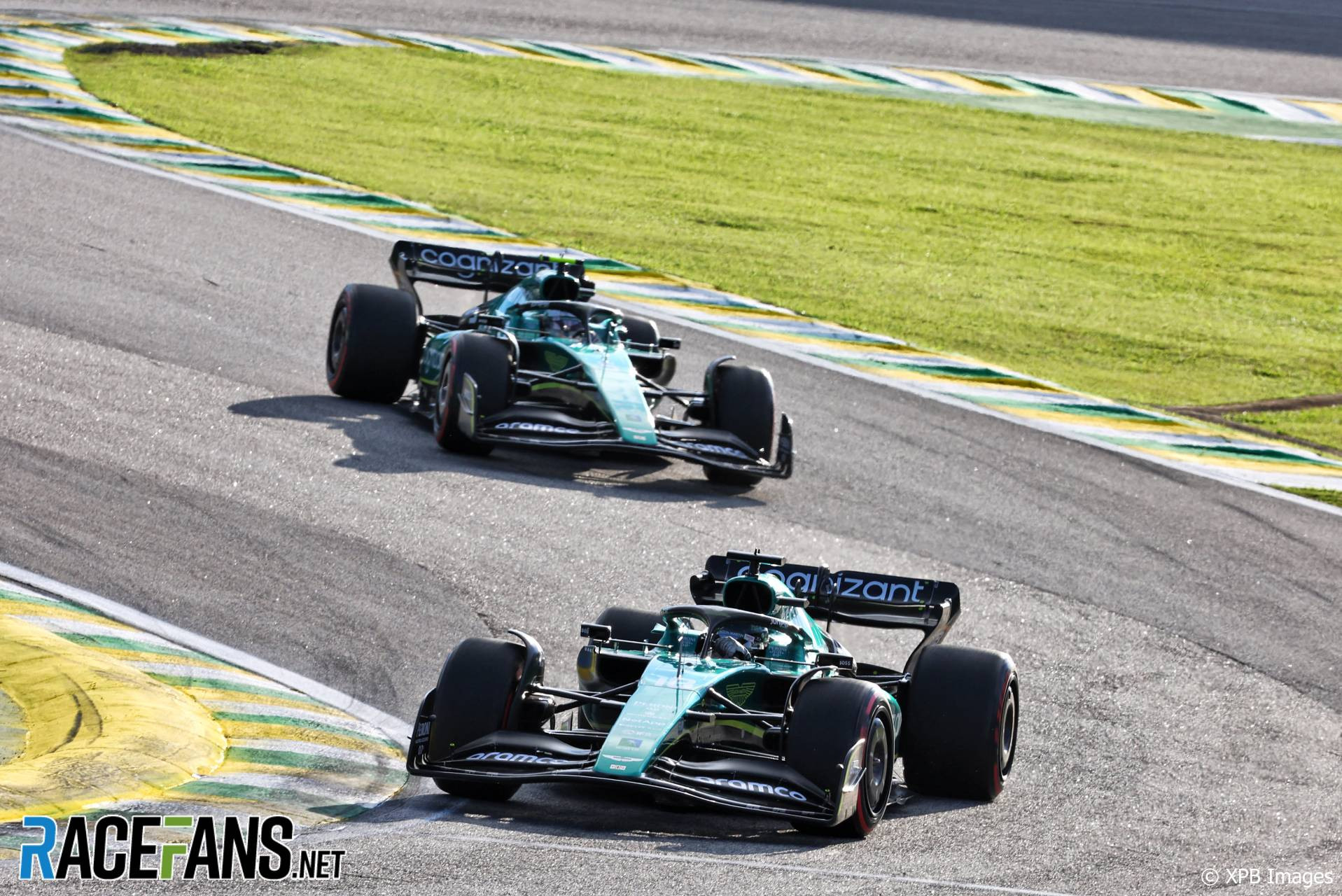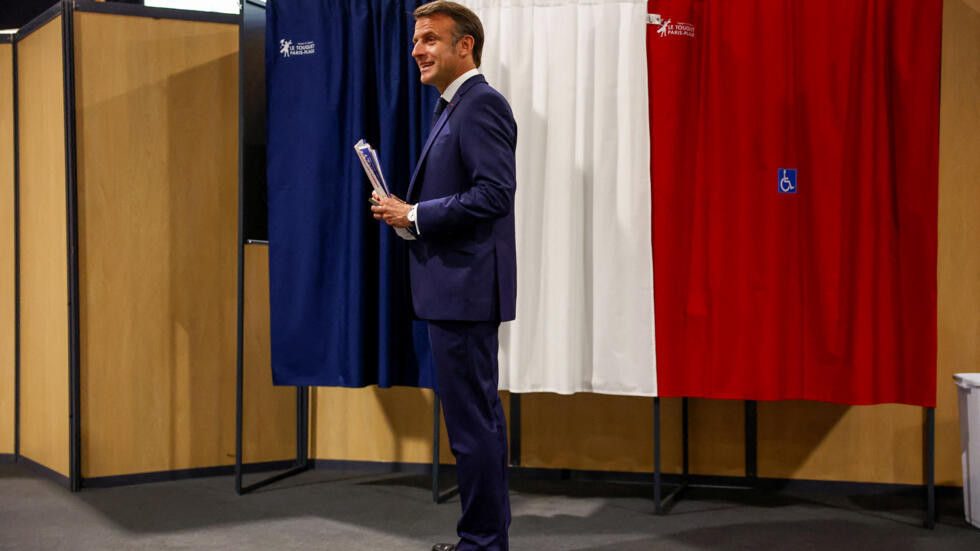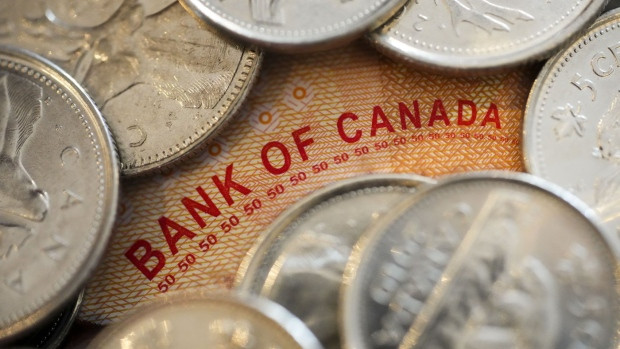Dairy Giants Report Flat Growth, But Major Restructuring Is On The Horizon
The global dairy industry saw a year of modest gains and strategic shifts in 2023, according to RaboResearch’s annual Global Dairy Top 20 report. The report, which analyzes the financial performance of the world’s leading dairy companies, indicates a slight 0.3% increase in combined turnover in US dollar terms, a stark contrast to the previous year’s 8.1% growth.
Decelerating Revenue Growth
The report attributes the deceleration in revenue growth to lower milk prices in 2023 compared to the robust values seen in 2022. This trend particularly affected European cooperatives, and seven companies worldwide reported lower revenues in their local currencies. Despite this, many companies have managed to report stronger profits and margins than in the previous year.
Lactalis Remains Top, Nestlé Swaps Places with Dairy Farmers of America
France’s Lactalis kept its top spot in the ranking for the third year. It became the first company ever to exceed USD 30bn in annual dairy-related revenue, an accomplishment that follows several years of significant revenue expansion through organic growth and acquisitions. Nestlé came in second on the list, swapping spots with Dairy Farmers of America, largely due to weaker milk prices.
Grupo Lala Enters Top 20
In a notable development, Mexico’s Grupo Lala secured a position in the Global Dairy Top 20 for the first time, thanks to favorable foreign exchange (FX) developments and 6% organic revenue growth in Mexican peso terms. The strengthening of the Mexican peso against the US dollar by 11.8% played a significant role in Grupo Lala’s ascent, displacing Ireland’s Glanbia from the list.
Limited M&A Activity, But Major Deals on the Horizon
The dairy industry continues to experience limited merger and acquisition (M&A) activity, with Danone’s divestment of its Russian business and the shedding of its Horizon Organic and Wallaby brands being notable exceptions. These strategic moves reflect a broader industry trend of companies refocusing on their core businesses.
However, the report highlights a potential shift in the industry’s dynamics, with at least two significant deals on the horizon that could reshape the Global Dairy Top 20 rankings. Unilever’s planned divestment of its ice cream business and Fonterra’s decision to shed its consumer business are indicative of a strategic pivot toward core operations, with sustainability considerations playing an increasingly important role.
Shift Towards Core Operations: Unilever and Fonterra Divest
Unilever is seeking to become ‘a simpler, more focused company’ by putting investment on more profitable categories such as Beauty and Personal Care. Ice cream, it said, had ‘distinct characteristics’ such as seasonality and greater capital intensity.
Dairy co-operative Fonterra said it will prioritize its B2B services and divest from its consumer and integrated businesses. “Due to our co-operative structure, we believe prioritizing our Ingredients and Foodservice channels and releasing capital in our Consumer and associated businesses would generate more value,” said CEO Miles Hurrell.
Fonterra’s Ingredients and Foodservice channels utilize most of the co-op’s milk output. In FY23, Ingredients generated revenue five times higher than that of the consumer division while Foodservice also delivered around AU$600m more in revenue than Consumer.
Fonterra’s Rise in the Rankings
Fonterra has jumped three places from nine to six in Rabobank’s annual Global Dairy Top 20 following its strong financial result for the 2023 financial year. The report calls Fonterra’s performance “strong” as revenue on a NZ dollar basis climbed 7.1% compared to the prior year.
However, the report notes that Fonterra’s financial year-end was July 31, so higher revenues likely reflect higher commodity prices through the second half of 2022, possibly skewing comparisons with other global dairy companies with different financial year-end dates. The report also notes that the data excluded the revenue from the sale of Fonterra’s Chilean Soprole business, China Farms and DPA Brazil.
Fonterra’s Future in the Top 20
The report predicts that Fonterra will likely not maintain its No 6 position in the coming years as the co-operative’s strategic shift to focus on its core business could possibly lower the company’s ranking moving forward. Fonterra’s divestment from its consumer businesses, including Fonterra Oceania and Fonterra Sri Lanka, could represent 15% of the company’s milk solid utilization and 19% of the group’s earnings, representing a sale value of more than $2 billion.
Strategic Shift in the US: Focus on Internal Growth
In the US, companies are focusing on internal growth rather than acquisitions, with over USD 7bn planned for new plant construction and expansions from 2023 to 2026, mainly in cheese production. Milk production is expected to grow again in 2025 after three years of stagnation. This trend contrasts with other regions where plant closures are more common due to limited milk production growth. Significant investments by US dairy companies and foreign firms with US facilities could lead to revenue growth and changes in the Top 20 rankings.
Looking Ahead: A Less Volatile Year, But Challenges Remain
Rabobank predicts a less volatile year ahead for dairy majors but warns that factors including interest rates, geopolitical crises and FX developments would keep companies on their toes.
Conclusion: The Future of Dairy is Dynamic and Uncertain
The global dairy industry is facing a period of significant change and uncertainty. Companies are seeking to adapt to evolving consumer preferences, rising costs, and shifting market dynamics. The divestments of Unilever and Fonterra, and the focus on internal growth in the US, are just some of the trends that are reshaping the global dairy landscape. The future of the dairy industry is dynamic and uncertain, but one thing is clear: companies that are able to adapt to these changes will be the ones that thrive.




